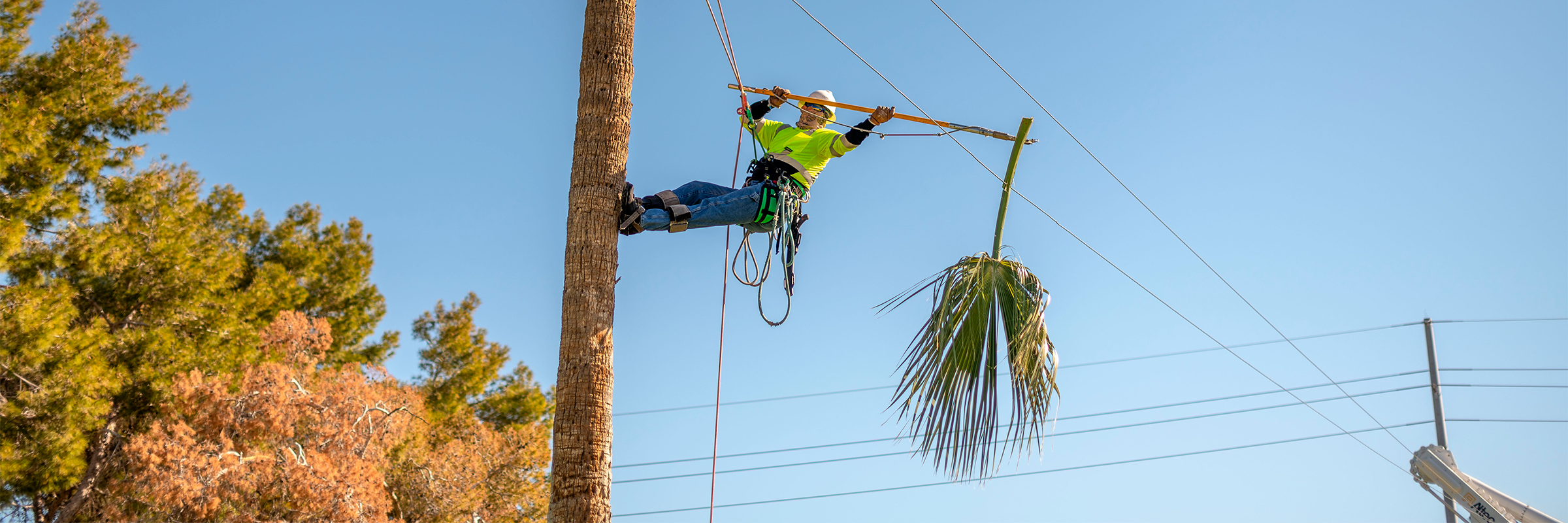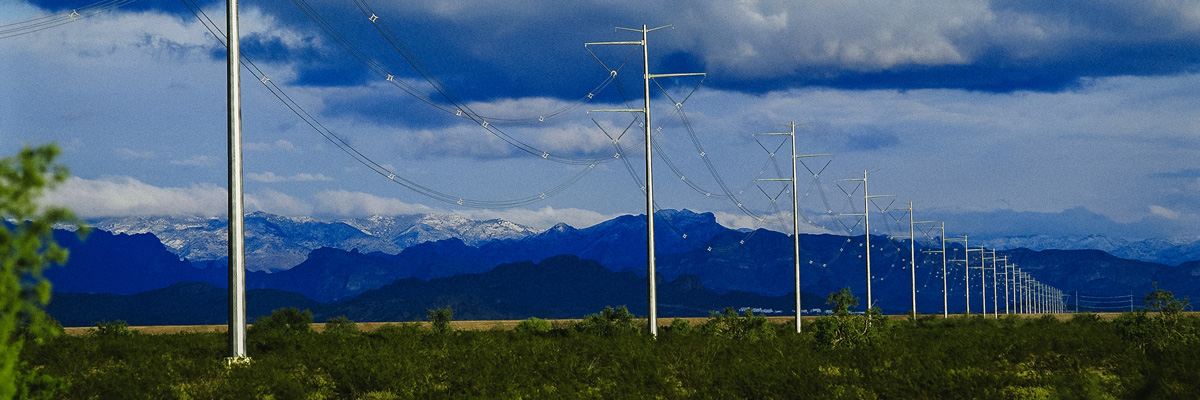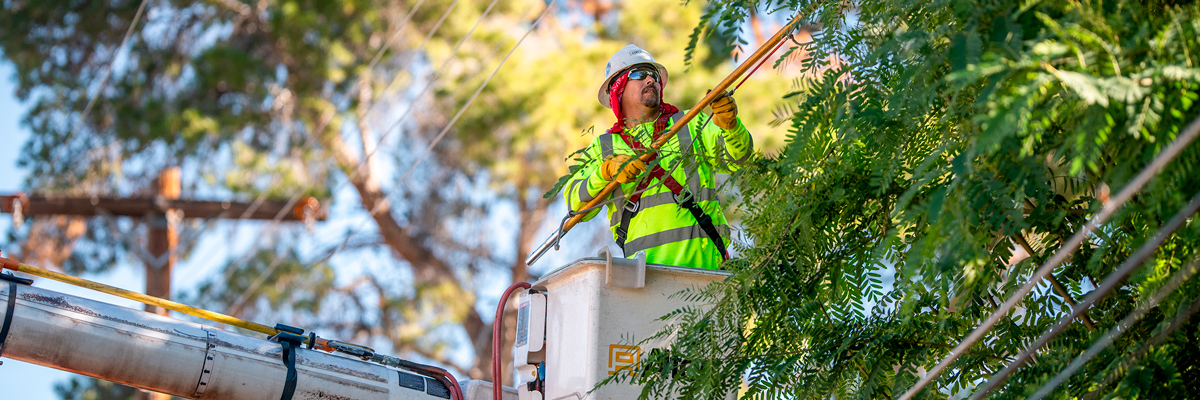
2026 Electrical Safety Workshop
On this page:
Event details
2026 SRP Electrical Safety Workshop
February 21, 2026
6:30 a.m. to noon
PERA, 1 E. Continental Dr., Tempe, AZ 85288
About the Electrical Safety Workshop
Working safely around energized power lines can prevent accidents and save lives. Refresh your skills and learn something new at SRP’s free annual Electrical Safety Workshop! This workshop is for anyone who works in landscaping, tree trimming, excavating, roofing, HVAC or painting as well as those who use scaffolding on the job. We’ll cover the hazards of coming into contact with overhead or underground power lines and the steps you can take to stay safe.
The workshop includes a buffet breakfast, live demonstrations, presentations and a prize drawing. Presentations and materials will be available in English and Spanish. Participants must be 18 or older. Seating is limited to the first 300 people.
Videos
Want a preview of the event? Check out some of the videos below.
Video 1: Tailboard and Safety Minute
Learn about key topics commonly covered in tailboard meetings and how conducting routine 60-second safety assessments can create a culture of safety. Taking time at the beginning of any project to assess a worksite provides an opportunity to identify and manage safety hazards. Tailboard or tailgate meetings are face-to-face job briefings that typically take place near the rear or tailgate of a work truck. Federally mandated for any jobsite that is located near power lines, these informal job briefings are critical to keeping crews informed and safe.
Video 2: Step and Touch Potential
Do you know what to do if your equipment makes contact with a power line? Electricity is always seeking a path to the ground. "Touch potential" refers to the risk of electrocution when a person touches an energized vehicle or piece of equipment and the ground at the same time. "Step potential" is the risk of electrocution when the ground has become energized. Learn more about step and touch potential and how to avoid injury or electrocution on a jobsite.
Video 3: Crane and Derrick Safety
Cranes, derricks and aerial equipment may be necessary on a construction site, but they present safety threats when located near overhead power lines. Learn the federally mandated rules for operating equipment near power lines, what to do if a piece of equipment makes contact with a power line, and how SRP can help keep your jobsite safe with a personalized power line consultation.
Video 4: Arizona 811
Commonly known as blue staking, this free utility marking resource keeps jobsites safe while saving contractors time and money. Contacting Arizona 811 before you dig can help you avoid coming into contact with underground pipes, cables and wires.
Video 5: Trenching and Shoring
The U.S. Department of Labor lists trenching as the most dangerous type of construction work. Knowing what to do before digging a trench and proper techniques for securing it can prevent severe or even catastrophic injury. Learn about the soil, environmental and depth factors that must be considered when shoring or securing a trench. Plus, get insight into the federal standards for trench entry and exit, equipment requirements and other best practices for trench safety.
Video 6: BRAT Wagon
Working near power lines is dangerous. Making contact with underground or overhead power lines can result in severe injury or even death. See how SRP conducts Burn Risk Awareness Training (BRAT) using a specialized mobile unit known as a BRAT Wagon to explain the dangers of electric shock.
Video 7: Tree Trimming
A worker who makes direct or indirect contact with a power line is at risk of electrocution, which is the leading cause of death among tree trimmers. The dangers of tree trimming and removal are heightened when a tree is located near overhead power lines. Learn the common hazards of tree trimming near power lines, safety precautions, and when to outsource the work to a tree trimming contractor who is certified and experienced in working near overhead power lines.


